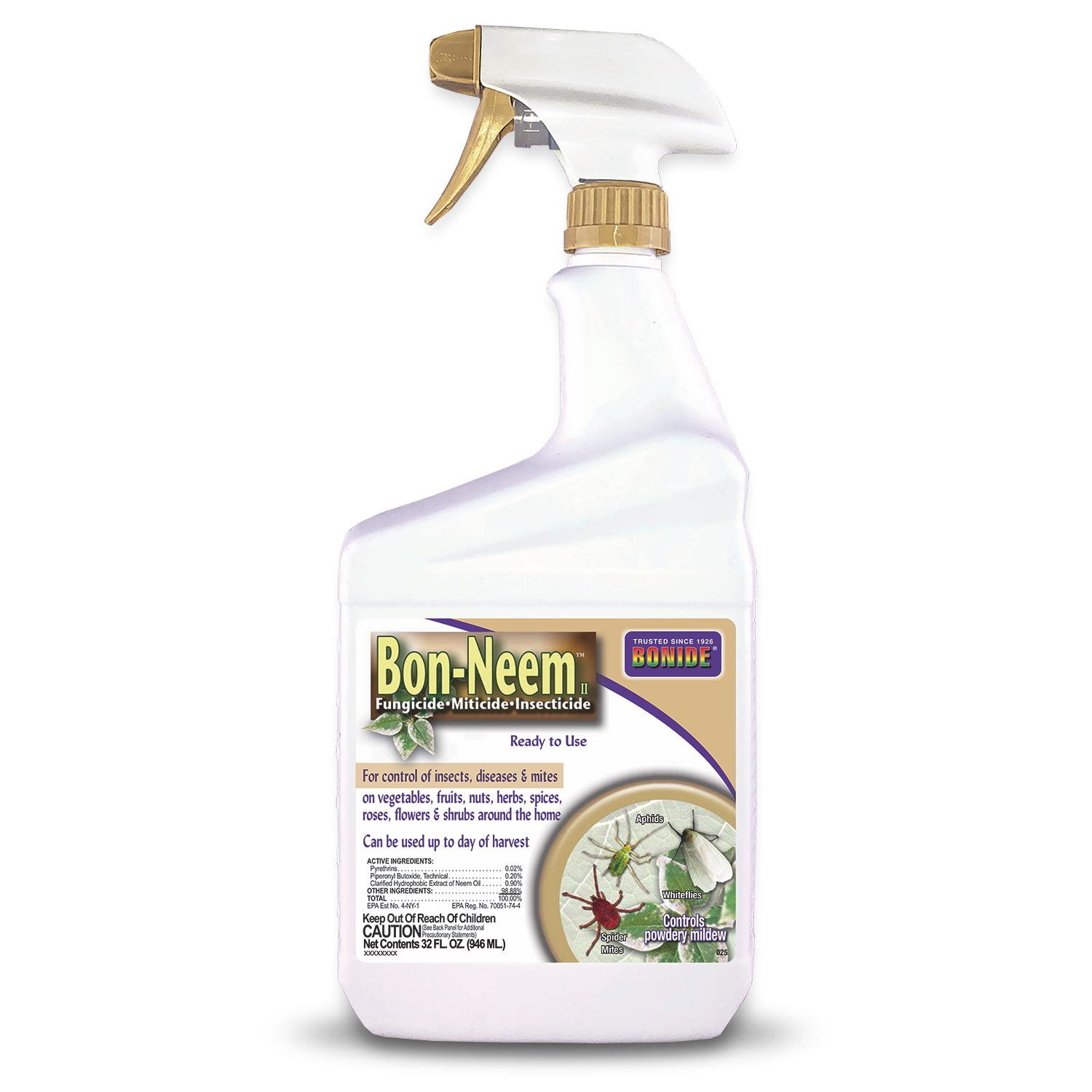
Aphids come in a variety of colors and are small, pear-shaped, and soft-bodied, these slow-moving sucking insects usually congregate in clusters. They’re sitting ducks for many natural enemies-but nonetheless, they prosper, thanks to their prolific reproduction. The many species come in a wide range of colors; usually wingless, they’re equipped with two tubes, called cornicles, at the posterior end.
Target: Any soft plant tissue, including new growth of most woody plants.
Damage: Juices are sucked from tender growth, causing wilting or malformations. Honeydew—the undigested plant sap that aphids excrete—attracts ants and fosters sooty mold. Some aphids transmit viruses.
Life cycle: Aphids multiply without mating for most of the year, producing live young that reproduce within a week or so after birth. Some species give birth to pregnant young. Breeding is continuous in mild climates; in colder regions, there’s a winged form that deposits eggs in fall.




















